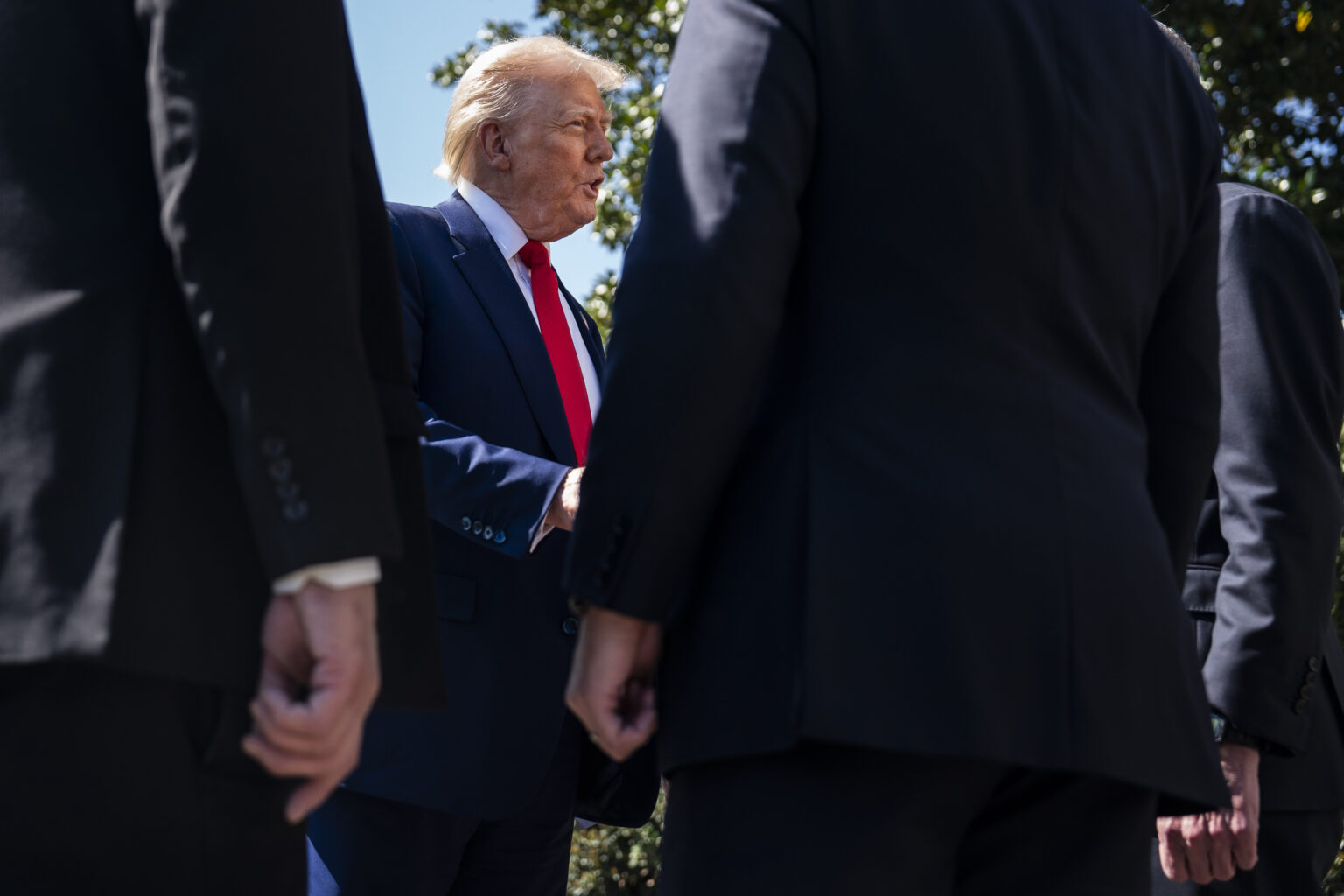U.S. Trade Policy Shift: Trump Threatens Significant Tariffs on Key Global Partners
In a bold move signaling a potential overhaul of international trade relations, President Donald Trump announced on Monday plans to impose tariffs ranging from 25% to 40% on imports from seven nations, including economic powerhouses such as Japan, South Korea, Malaysia, and South Africa. This announcement marks the initial phase of what Trump described as a series of escalating duties, set against the backdrop of ongoing negotiations ahead of an impending August 1 deadline.
Strategic Tariff Proposals and Diplomatic Communications
Through a series of nearly identical messages posted on Truth Social, his preferred social media platform, Trump emphasized that the United States remains committed to dialogue with these countries despite persistent trade deficits. He expressed disappointment over the lack of reciprocity in trade relations, stating, “Our relationship has been, unfortunately, far from Reciprocal.” The tariffs, he explained, are merely a starting point, with the possibility of further increases if the targeted nations decide to raise their own tariffs in response. “Any increase you choose to implement will be added to your current import duties,” Trump warned.
Details of the Proposed Tariffs
Under the new plan, tariffs would be set at 25% for Japan, South Korea, Malaysia, and Kazakhstan; 30% for South Africa; and as high as 40% for Myanmar and Laos. These measures aim to pressure these countries into renegotiating trade terms, with Trump asserting that the tariffs are designed to motivate faster action from trading partners.
Expert Perspectives and Concerns
Wendy Cutler, Vice President of the Asia Society Policy Institute and a former U.S. trade negotiator, expressed concern over the approach. “The president is eager to push those trading partners who aren’t moving swiftly enough,” she noted. “However, targeting close allies with such high tariffs raises questions, especially considering their cooperation in critical sectors like semiconductors and energy, and their substantial investments in the U.S.”
Cutler highlighted her surprise at the measures against South Korea, which has maintained a free trade agreement with the U.S. since 2012. She pointed out that these tariffs could violate existing agreements and reflect a significant shift in U.S. trade policy, which has historically favored free trade arrangements. “This move calls into question the very value of our free trade agreements,” she added.
Implications for Existing Trade Agreements and Future Negotiations
Earlier this year, Trump implemented a 90-day pause on tariffs, ranging from 10% to 50%, affecting imports from numerous countries. This pause was scheduled to expire this Wednesday, but sources indicate that an upcoming executive order will extend the deadline to August 1. During this period, tariffs on Japanese goods would have been set at 24%, while South Korean imports faced a 25% tax-matching the rates announced Monday.
Trump hinted at ongoing negotiations, suggesting that if trading partners are willing to open their markets and eliminate barriers, the tariffs could be reconsidered. “If you’re prepared to remove your trade barriers and open your markets to the U.S., we may adjust these tariffs,” he stated, implying a willingness to negotiate before the August deadline.
Market Reactions and Economic Outlook
Financial markets responded with caution, as major stock indices declined sharply following the tariff announcements. By midday, all three major indexes had fallen more than 1%, reflecting investor anxiety over the potential impact of escalating trade tensions.
Current Trade Negotiation Landscape
Despite assurances from the Trump administration about nearing comprehensive trade agreements, progress has been sluggish. Recently, Trump claimed on social media to have reached a trade deal with Vietnam, including a 20% tariff on its imports, though specific details remain undisclosed. The uncertainty surrounding these negotiations continues to influence global markets and investor confidence.
As the August deadline approaches, the international community watches closely, aware that these tariff threats could reshape global trade dynamics and influence diplomatic relations for years to come.

